Global Starter Culture market is expected to reach USD 1,355.14 million by 2026, at a CAGR of 5.5% from 2019 to 2026. Rising demand for baked & dairy products and increasing use of alcoholic beverages is driving the global starter culture market.
Market Overview:
Starter cultures are an essential component of almost all fermented foods produced commercially. Simply defined, starter cultures consist of microorganisms that are directly inoculated into food materials to produce desired and predictable changes in the finished product. These changes may include improved preservation, enhanced nutritional value, modified sensory properties, and increased economic value. Technological advancements such as genetically modified starter culture is a major factor expected to fuel the growth of the global starter culture market over the forecast period.
Report Description:
Market Dynamics:
Drivers:
Restraints:
Opportunities:
Challenges:
Global Starter Culture Market Key Findings:
All the segments have been analyzed on global, regional and country basis. The study includes an analysis of more than 30 countries for each segment.
Segmentation Analysis:
The global Starter Culture market has been segmented on the basis of microorganisms, applications, and forms.
Regional Segmentation Analysis:
The regions analyzed for the market include North America, Europe, South America, Asia Pacific, and the Middle East and Africa. The Europe region emerged as the largest market for the starter culture with a 31.11% share of market revenue in 2018.
Global Starter Culture Market Competitive Analysis:
Key players in the global starter culture market are BDF Natural Ingredients, Biena, Biochem SRL, Biolacter Inc., Bioprox, CHR. Hansen Holding A/S, Codex-Ing Biotech Ingredients, Dalton Biotecnologie, DuPont, Genesis Laboratories Ltd, Gewurzmuller, IGEA Dairy Cultures, Kultured Wellness, Lactina Ltd., LB Bulgaricum, Mediterranea Biotecnologie, Royal DSM N.V., THT Probiotics, and Starter Cultures among others. Starter cultures are used to improve the chemical and physical properties of the product undergoing the processes of fermentation. To improve the texture, flavor, and color of non-alcoholic and alcoholic beverages, special forms of starter cultures are used.
*All our reports are customizable as per customer requirements
This study forecasts revenue and volume growth at global, regional, and country levels from 2016 to 2026. Fior Market Research has segmented the global Starter Culture market on the basis of below-mentioned segments:
Global Starter Culture Market by Microorganism:
Global Starter Culture Market by Application:
Global Starter Culture Market by Form:
Global Starter Culture Market by Region:
1. Introduction
1.1. Objectives of the Study
1.2. Market Definition
1.3. Research Scope
1.4. Currency
2. Research Methodology and Assumptions
3. Executive Summary
4. Premium Insights
4.1. Porter’s Five Forces Analysis
4.2. Value Chain Analysis
4.3. Top Investment Pockets
4.3.1. Market Attractiveness Analysis By Microorganism
4.3.2. Market Attractiveness Analysis By Application
4.3.3. Market Attractiveness Analysis By Form
4.3.4. Market Attractiveness Analysis By Region
4.4. Industry Trends
5. Market Dynamics
5.1. Market Evaluation
5.2. Drivers
5.2.1. Increasing dairy-products, meat and seafood production
5.2.2. Health benefits of starter cultures
5.2.3. Increasing consumption of functional drinks
5.3. Restraints
5.3.1. Strict guidelines on the use of starter cultures
5.3.2. Strict requirements for starter cultures growth
5.4. Opportunities
5.4.1. Technological advancements
5.4.2. Growth prospects for untapped industrial applications
5.4.3. Asia Pacific’s and South America's high-growth potential markets
5.5. Challenges:
5.5.1. Price volatility of raw materials
5.5.2. Lack of awareness regarding the selection of starter cultures
6. Global Starter Culture Market Analysis and Forecast, By Microorganism
6.1. Segment Overview
6.2. Bacteria
6.3. Yeasts
6.4. Molds
6.5. Others
7. Global Starter Culture Market Analysis and Forecast, By Application
7.1. Segment Overview
7.2. Dairy & dairy-based products
7.3. Meat & seafood
7.4. Alcoholic beverages
7.5. Non-alcoholic beverages
7.6. Others
8. Global Starter Culture Market Analysis and Forecast, By Form
8.1. Segment Overview
8.2. Freeze-dried
8.3. Frozen
9. Global Starter Culture Market Analysis and Forecast, By Regional Analysis
9.1. Segment Overview
9.2. North America
9.2.1. U.S.
9.2.2. Canada
9.2.3. Mexico
9.3. Europe
9.3.1. Germany
9.3.2. France
9.3.3. U.K.
9.3.4. Italy
9.3.5. Spain
9.4. Asia-Pacific
9.4.1. Japan
9.4.2. China
9.4.3. India
9.5. South America
9.5.1. Brazil
9.6. Middle East and Africa
9.6.1. UAE
9.6.2. South Africa
10. Global Starter Culture Market-Competitive Landscape
10.1. Overview
10.2. Market Share of Key Players in the Starter Culture Market
10.2.1. Global Company Market Share
10.2.2. North America Company Market Share
10.2.3. Europe Company Market Share
10.2.4. APAC Company Market Share
10.3. Competitive Situations and Trends
10.3.1. Product Launches and Developments
10.3.2. Partnerships, Collaborations, and Agreements
10.3.3. Mergers & Acquisitions
10.3.4. Expansions
11. Company Profiles
11.1. BDF Natural Ingredients
11.1.1. Business Overview
11.1.2. Company Snapshot
11.1.3. Company Market Share Analysis
11.1.4. Company Product Portfolio
11.1.5. Recent Developments
11.1.6. SWOT Analysis
11.2. Biena
11.2.1. Business Overview
11.2.2. Company Snapshot
11.2.3. Company Market Share Analysis
11.2.4. Company Product Portfolio
11.2.5. Recent Developments
11.2.6. SWOT Analysis
11.3. Biochem SRL
11.3.1. Business Overview
11.3.2. Company Snapshot
11.3.3. Company Market Share Analysis
11.3.4. Company Product Portfolio
11.3.5. Recent Developments
11.3.6. SWOT Analysis
11.4. Biolacter Inc.
11.4.1. Business Overview
11.4.2. Company Snapshot
11.4.3. Company Market Share Analysis
11.4.4. Company Product Portfolio
11.4.5. Recent Developments
11.4.6. SWOT Analysis
11.5. Bioprox
11.5.1. Business Overview
11.5.2. Company Snapshot
11.5.3. Company Market Share Analysis
11.5.4. Company Product Portfolio
11.5.5. Recent Developments
11.5.6. SWOT Analysis
11.6. CHR. Hansen Holding A/S
11.6.1. Business Overview
11.6.2. Company Snapshot
11.6.3. Company Market Share Analysis
11.6.4. Company Product Portfolio
11.6.5. Recent Developments
11.6.6. SWOT Analysis
11.7. Codex-Ing Biotech Ingredients
11.7.1. Business Overview
11.7.2. Company Snapshot
11.7.3. Company Market Share Analysis
11.7.4. Company Product Portfolio
11.7.5. Recent Developments
11.7.6. SWOT Analysis
11.8. Dalton Biotecnologie
11.8.1. Business Overview
11.8.2. Company Snapshot
11.8.3. Company Market Share Analysis
11.8.4. Company Product Portfolio
11.8.5. Recent Developments
11.8.6. SWOT Analysis
11.9. DuPont
11.9.1. Business Overview
11.9.2. Company Snapshot
11.9.3. Company Market Share Analysis
11.9.4. Company Product Portfolio
11.9.5. Recent Developments
11.9.6. SWOT Analysis
11.10. Genesis Laboratories Ltd
11.10.1. Business Overview
11.10.2. Company Snapshot
11.10.3. Company Market Share Analysis
11.10.4. Company Product Portfolio
11.10.5. Recent Developments
11.10.6. SWOT Analysis
11.11. Gewurzmuller
11.11.1. Business Overview
11.11.2. Company Snapshot
11.11.3. Company Market Share Analysis
11.11.4. Company Product Portfolio
11.11.5. Recent Developments
11.11.6. SWOT Analysis
11.12. IGEA Dairy Cultures
11.12.1. Business Overview
11.12.2. Company Snapshot
11.12.3. Company Market Share Analysis
11.12.4. Company Product Portfolio
11.12.5. Recent Developments
11.12.6. SWOT Analysis
11.13. Kultured Wellness
11.13.1. Business Overview
11.13.2. Company Snapshot
11.13.3. Company Market Share Analysis
11.13.4. Company Product Portfolio
11.13.5. Recent Developments
11.13.6. SWOT Analysis
11.14. Lactina Ltd.
11.14.1. Business Overview
11.14.2. Company Snapshot
11.14.3. Company Market Share Analysis
11.14.4. Company Product Portfolio
11.14.5. Recent Developments
11.14.6. SWOT Analysis
11.15. LB Bulgaricum
11.15.1. Business Overview
11.15.2. Company Snapshot
11.15.3. Company Market Share Analysis
11.15.4. Company Product Portfolio
11.15.5. Recent Developments
11.15.6. SWOT Analysis
11.16. Mediterranea Biotecnologie
11.16.1. Business Overview
11.16.2. Company Snapshot
11.16.3. Company Market Share Analysis
11.16.4. Company Product Portfolio
11.16.5. Recent Developments
11.16.6. SWOT Analysis
11.17. Royal DSM N.V.
11.17.1. Business Overview
11.17.2. Company Snapshot
11.17.3. Company Market Share Analysis
11.17.4. Company Product Portfolio
11.17.5. Recent Developments
11.17.6. SWOT Analysis
11.18. THT Probiotics and Starter Cultures
11.18.1. Business Overview
11.18.2. Company Snapshot
11.18.3. Company Market Share Analysis
11.18.4. Company Product Portfolio
11.18.5. Recent Developments
11.18.6. SWOT Analysis
List of Table
List of Figures
Market research is a method of gathering, assessing and deducing data & information about a particular market. Market research is very crucial in these days. The techniques analyze about how a product/service can be offered to the market to its end-customers, observe the impact of that product/service based on the past customer experiences, and cater their needs and demands. Owing to the successful business ventures, accurate, relevant and thorough information is the base for all the organizations because market research report/study offers specific market related data & information about the industry growth prospects, perspective of the existing customers, and the overall market scenario prevailed in past, ongoing present and developing future. It allows the stakeholders and investors to determine the probability of a business before committing substantial resources to the venture. Market research helps in solving the marketing issues challenges that a business will most likely face.
Market research is valuable because of the following reasons:
Our research report features both the aspects; qualitative and quantitative. Qualitative part provides insights about the market driving forces, potential opportunities, customer’s demands and requirement which in turn help the companies to come up with new strategies in order to survive in the long run competition. The quantitative segment offers the most credible information related to the industry. Based on the data gathering, we use to derive the market size and estimate their future growth prospects on the basis of global, region and country.
Our market research process involves with the four specific stages.
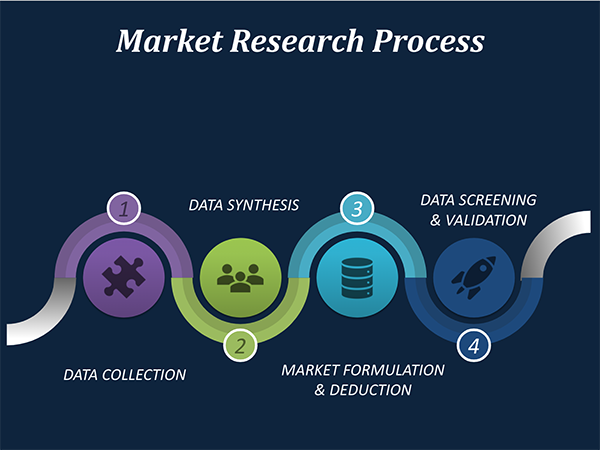
Data Collection: This stage of the market research process involves with the gathering and collecting of the market/industry related data from the sources. There are basically two types of research methods:
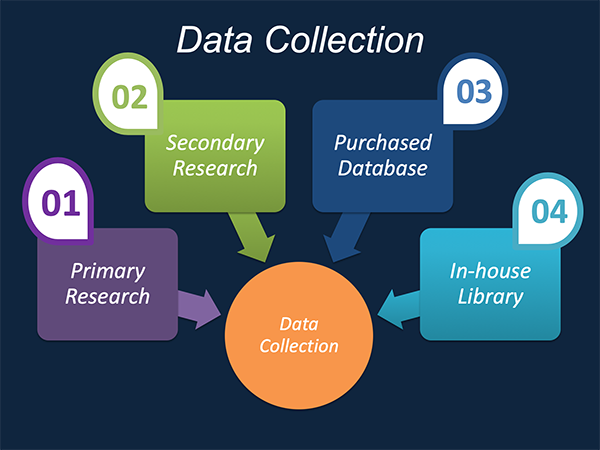
Data Synthesis: This stage includes the evaluation and assessment of all the data acquired from the primary and secondary research. It likewise includes in evaluating the information for any disparity watched while information gathering identified with the market. The data & information is gathered with consideration to the heterogeneity of sources. Scientific and statistical methods are implemented for synthesizing dissimilar information sets and provide the relevant data which is fundamental for formulating strategies. Our organization has broad involvement with information amalgamation where the information goes through different stages:
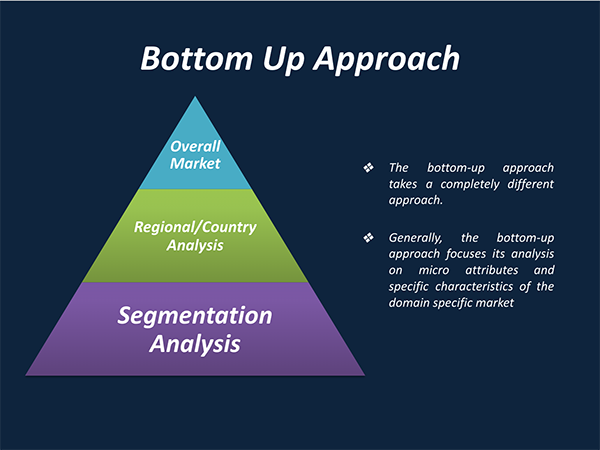
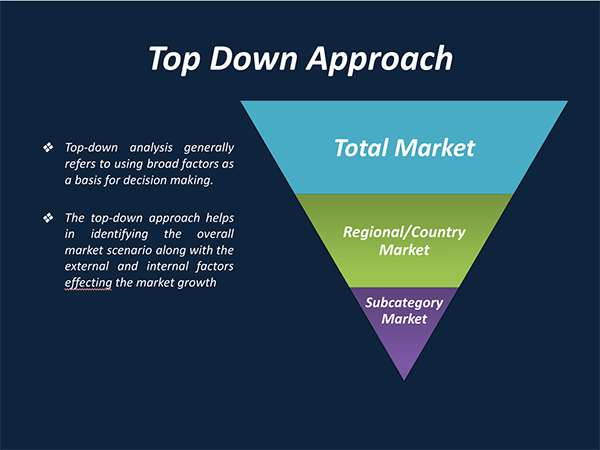
Market Formulation & Deduction: The last stage includes assigning the data & information in a suitable way in order to derive market size. Analyst reviews and domain based opinions based on holistic approach of market estimation combined with industry investigation additionally features a crucial role in this stage.
This stage includes with the finalization of the market size and numbers that we have gathered from primary and secondary research. With the data & information addition, we ensure that there is no gap in the market information. Market trend analysis is finished by our analysts by utilizing data extrapolation procedures, which give the most ideal figures to the market.
Data Validation: Validation is the most crucial step in the process. Validation & re-validation through scientifically designed technique and process that helps us finalize data-points to be used for final calculations. This stage also involves with the data triangulation process. Data triangulation generally implicates the cross validation and matching the data which has been collected from primary and secondary research methods.
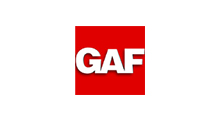
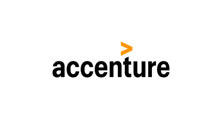
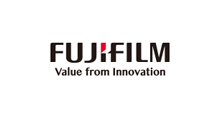
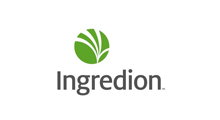

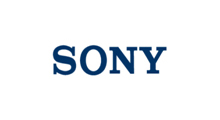
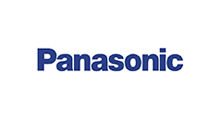
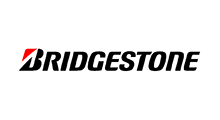
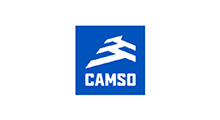
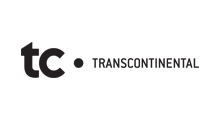
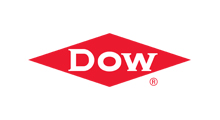
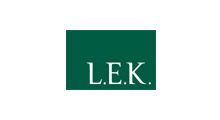
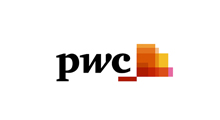
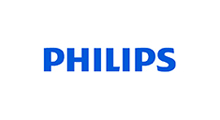
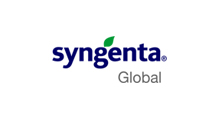
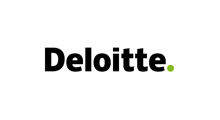
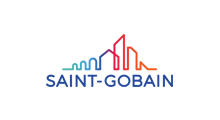
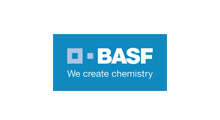
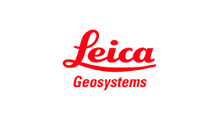
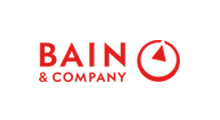
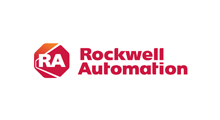
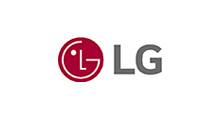
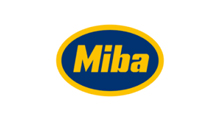
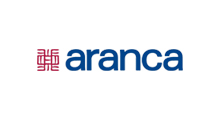
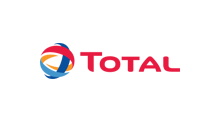
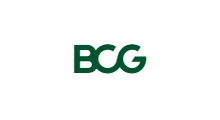
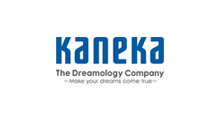
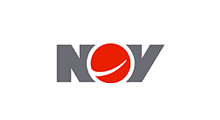
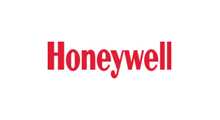
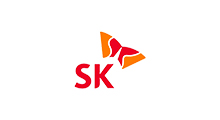
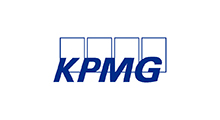
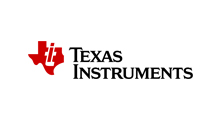
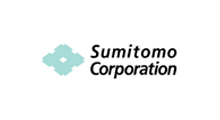
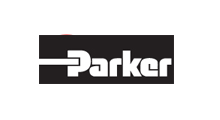
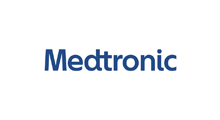
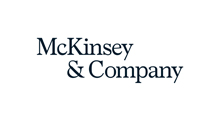
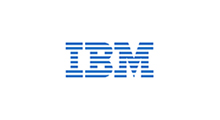
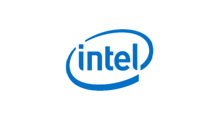
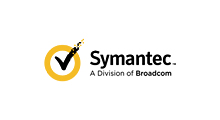
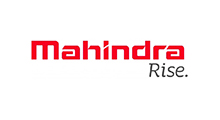
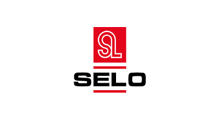
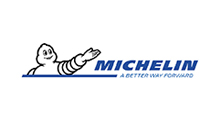
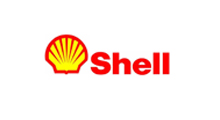
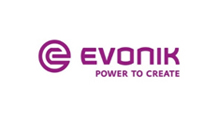
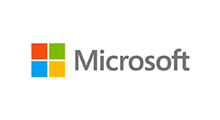
Free Customization
Countries can be added on demand
Free yearly update on purchase of Multi/Corporate User License
Companies served till date

We serve our customers 24x7 for 365 days through calls, emails and live chat options.

Huge database of exceptional market reports bringing market intelligence to your fingertips.

SSL enabled, we offer you various secured payment options for risk free purchase.